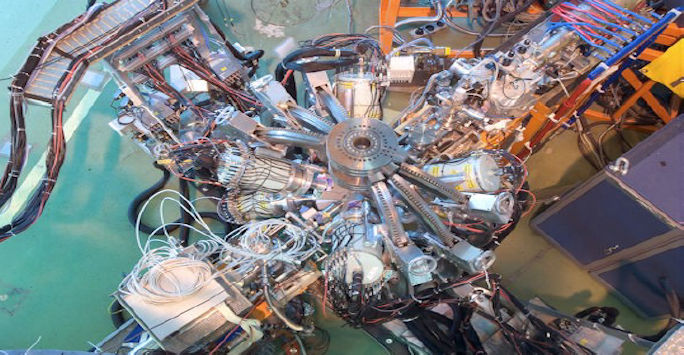Liverpool research identified as editor’s choice – The observation of vibrating pear-shapes in radon nuclei
,vibrators,(image,Nature,Communications).jpg)
In January 2021 the editors of Nature Communications have put together an Editors’ Highlights webpage of recent research in Nuclear and Particle Physics. We are delighted to announce that they have chosen to include a Liverpool-led article “The observation of vibrating pear-shapes in radon nuclei” involving our very own Profs. Peter Butler, Dave Joss and Robert Page, as well as Dr Liam Gaffney and others.
Nature Communications is an open access journal that publishes high-quality research from all areas of the natural sciences. Papers published by the journal represent important advances of significance to specialists within each field.
In this particular work, low-lying quantum states in 224Rn and 226Rn were observed by accelerating beams of these radioactive nuclei. Radon ions were produced by spallation in a thick thorium carbide target bombarded by 1.4 GeV protons delivered by the CERN PS Booster.
The ions were then accelerated in HIE-ISOLDE and bombarded secondary tin targets. The gamma-rays emitted following the excitation of the target and projectile nuclei were detected in the Miniball array of 24 high-purity germanium detectors. The scattered projectiles and target recoils were detected in a highly segmented silicon detector.
By analysing the low-lying positive- and negative-parity states, the authors concluded that radon isotopes undergo octupole (pear-shaped) vibrations but do not possess static pear-shapes in their ground states.

Photograph of the Miniball detector array.
The special Editor’s Highlights webpage can be accessed at www.nature.com/collections/iaiaadijih